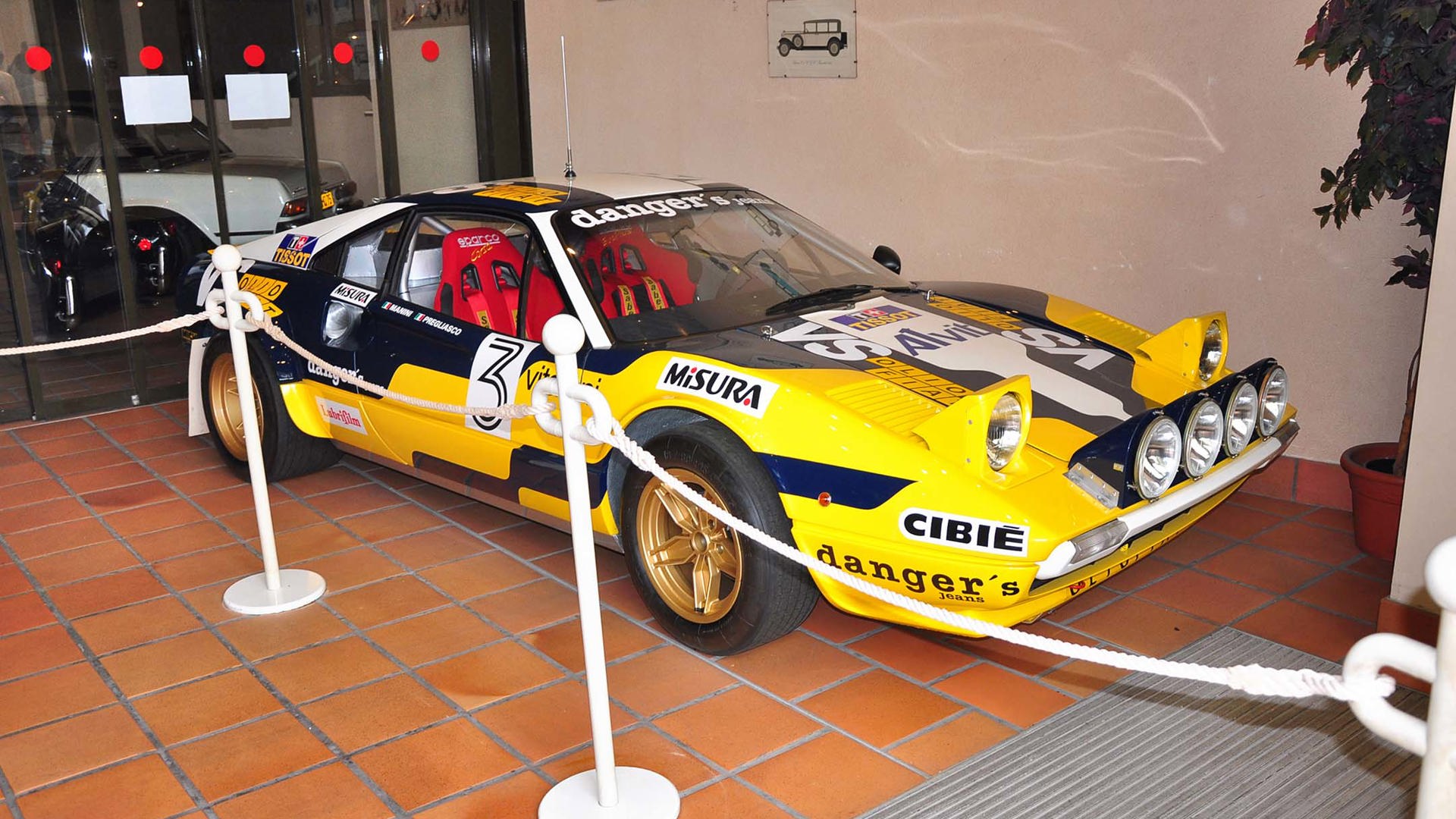When someone says the word “rally”, it’s easy to think of the Subarus, Mitsubishis, and other four-wheel-drive fare that have dominated local and international competition for the past several decades. The sport’s colourful past, however, is littered with unusual and downright weird vehicles that were purpose-built to tackle the incredible challenge that rally competition provides. Whether sourced from off-the-shelf platforms or completely customized, these rides qualify as some of the wildest vintage rally cars ever to line up at the start of a stage.
Jules I

What does it say when your Rolls-Royce Corniche is only the second-most crazy rally car you ever campaigned during the Paris–Dakar rally? We’ll get to Thierry de Montcorgé’s even wilder follow-up to the Rolls-By-Four in a minute, but the Corniche served as his inaugural ride in the 1981 running of the then-new long-distance race. Built on a bet with buddies, the Rolls-Royce replica body was mounted on a tube frame, powered by a small-block Chevy V8, and made use of a Toyota Land Cruiser four-wheel drive system, ensuring that all eyes were on the Christian Dior “Jules” perfume logo prominently displayed on the front fenders.
Jules II Proto 6x4

It almost doesn’t matter that the Corniche was disqualified from placing in its class (although it did finish the event under its own power), because what de Montcorgé had planned a few years later was so bonkers that it eclipsed not just the Roller but every other rally vehicle ever built to that point. Faced with the far greater challenge of the Peking-to-Paris rally, Thierry decided to go full Mad Max and build a completely custom six-wheeled off-road warrior to tackle the event. Borrowing the Corniche’s V8 power plant, the Jules II Proto 6x4 featured a Porsche transmission feeding a set of wheels at the rear as well as the front axle, with the trailing third axle along for the ride to better spread out the car’s weight. With 370 horsepower on tap, the Kevlar-tubbed Jules II could touch 124 mph on the sand, and in a pinch that trailing axle could be disassembled and used as parts for the drivetrain. The truck even came with a generator, a built-in welder, and tons of space for food, tools, and survival supplies.
Sadly, the Peking rally was cancelled at the very last minute, which meant that de Montcorgé was forced to entry the Jules II in the Paris-to-Dakar event instead. Irreparable chassis damage sustained in Algeria – compounded by Thierry’s refusal to allow third-party support for his team – ended their event prematurely.
Porsche 959

A more intentional Dakar competitor was the Porsche 959 rally car. Developed as a way for Porsche to rigorously test an advanced all-wheel drive system for the Porsche 911, the stretched-wheelbase 959 snagged a race-ready flat-six twin-turbo engine for its road-going model. Initially, however, the prototypes that competed in the 1985 edition of the rally featured a naturally aspirated motor, and failed to finish due to mechanical problems. When closer-to-production Group B models were entered the following year, Porsche took three of the top six positions – but never returned to rally with the 959 ever again due to the horrendous costs associated with a full season of WRC competition in the car’s essentially “unlimited” class.
Ferrari 308 GTB

Porsche might have been intimidated by Group B’s running costs, but no amount of money was going to keep Ferrari from flexing its muscle in WRC – or at the very least, supporting the efforts of a British privateer named Tony Worswick, who built a right-hand-drive Ferrari 308 GTB car and competed it on rally stages across Europe. The Worswick engineering car was heavily modified from stock (featuring Kevlar body panels and about 450 horsepower), and was joined by several left-hand-drive 308 cousins fielded by Italy’s Michelotto. Together, the small group of 308s effectively erased Ferrari’s reputation for fragility in motorsport by toughing it out across incredibly challenging terrain and conditions.
1972 Oldsmobile Cutlass Banshee

The Paris-to-Dakar race’s creator was inspired by America’s obsession with desert endurance, with a prime example being the Mint 400, a race known in its early days for attracting all kinds of wild and weird entries. One of the most unusual was the Oldsmobile Cutlass campaigned by Hollywood star and noted gearhead James Garner. After three years of driving an essentially stock Cutlass on the sand (albeit with a ruggedized suspension setup), Garner decided to take things a step further and together with Vic Hickey created the “Banshee”.
Featuring a fibreglass body designed and produced by George Barris (and which was over a foot shorter than that found on a stock Cutlass), the Banshee was motivated by a 455-cubic-inch Olds V8 good for 480 horsepower. The motor sat nearly inside the passenger compartment, next to the driver for weight balance, and a tube frame and 11 inches of suspension travel rounded out the package. Massively fast (with a top speed of 144 mph), Garner won a single off-road race in the Banshee and also managed to flip it, necessitating a rebuild before Mickey Thompson could drive it the year after.





